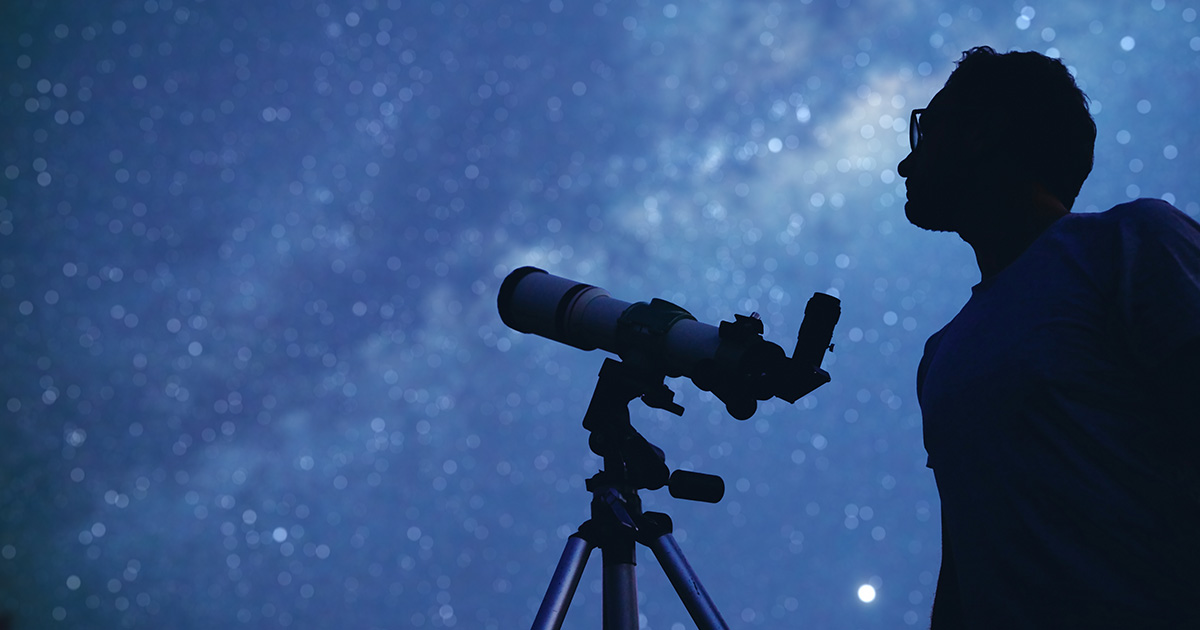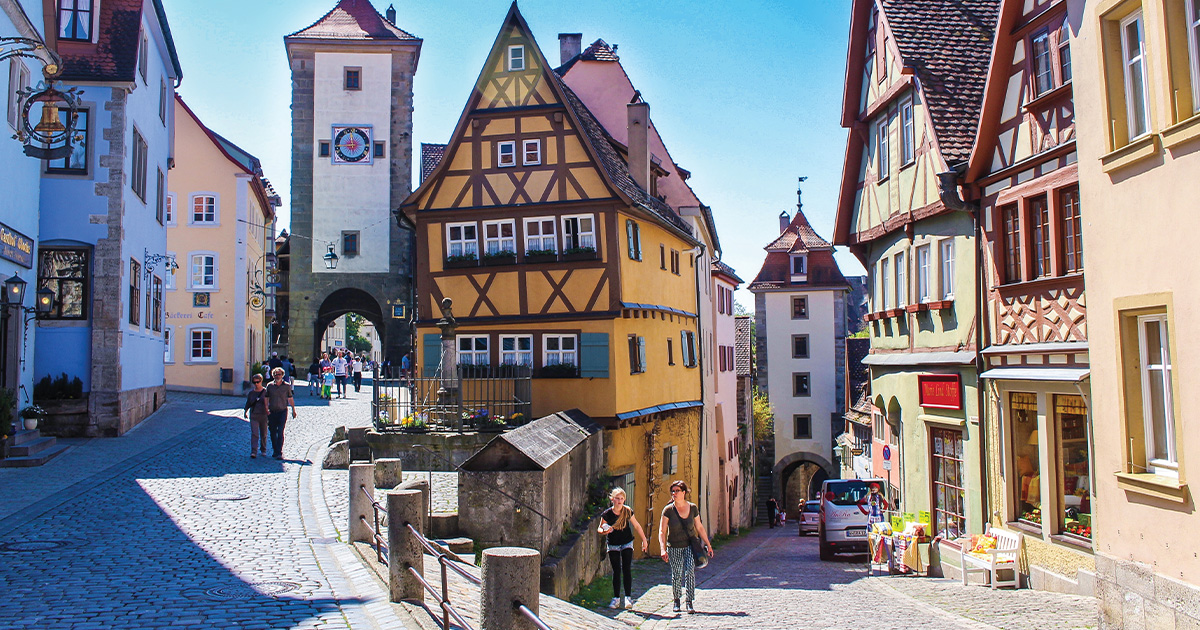
Amazing Stargazing Sites You Shouldn’t Miss
If the recent total solar eclipse got your groups craving more astronomy-centric experiences, you're in luck! There exists a bounty of sites that offer skies so dark, the stars can't help but light up the night. Come along as we explore some of them!
Headlands Dark Sky Park (Michigan)
The two-and-a-half miles of undeveloped Lake Michigan shoreline and 600 acres of old-growth timber of the Headlands Dark Sky Park offer a chance for groups to catch a glimpse of the Northern Lights. Programs are available, rain or shine, and the Dark Sky Discovery Trail leads visitors from the Headland's entrance to the designated Dark Sky Viewing Area along a one-mile paved path. There's even a Stargazing House for rent, with capacity for up to eight people.
Mauna Kea (Hawaii)
Mauna Kea, a 13,803-foot dormant volcano, is the highest point in Hawaii and is considered by many astronomers to be the best stargazing spot on the planet. The summit, which sits 13,800 feet above sea level, is home to the world's largest and most advanced astronomical observatory, perched at 9,200 feet—an optimal viewing point for observing the night sky, thanks to the lack of light pollution. Free self-guided stargazing can be enjoyed for free every evening at the Maunakea Visitor Information Station, while monthly guided programs offer two hours of private viewing through telescopes and the expertise of knowledgeable staff and volunteers.
Vanderbilt Dyer Observatory (Tennessee)
For a view unlike any other, groups can venture to Vanderbilt Dyer Observatory, recognized as a Tennessee astronomical treasure whose powerful telescope has been pointed toward the sky since 1953. Not only does the observatory host a variety of events, such as "Telescope Nights" and "Meet the Astronomer Evenings," it's surrounded by scenic Radnor Lake State Park and listed on the National Register of Historic Places. Groups should note that throughout the year, the observatory hosts outdoor performances by local musicians, followed by the opening of the observatory dome where visitors are invited to view a plethora of celestial wonders.
Chaco Culture National Historical Park (New Mexico)
Chaco Canyon has a long history of stargazing, beginning with the Chacoan people in the mid 800s. Today, groups could observe the night sky among ancient ruins. The park's natural nighttime darkness, commitment to reducing light pollution, and ongoing public outreach earned it certification as an International Dark Sky Park in 2013. Evening Night Sky Programs—offered generally from April through October—emphasize the practices of the Chacoan people in addition to modern approaches to viewing the same night sky they viewed.
Courtesy of Groups Today.


